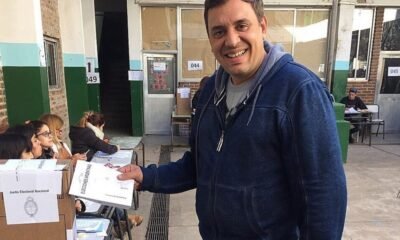INTERNACIONAL
La sucesión del papa Francisco: crece el temor en la Iglesia a que el cónclave se alargue por falta de acuerdo para elegir al nuevo pontífice
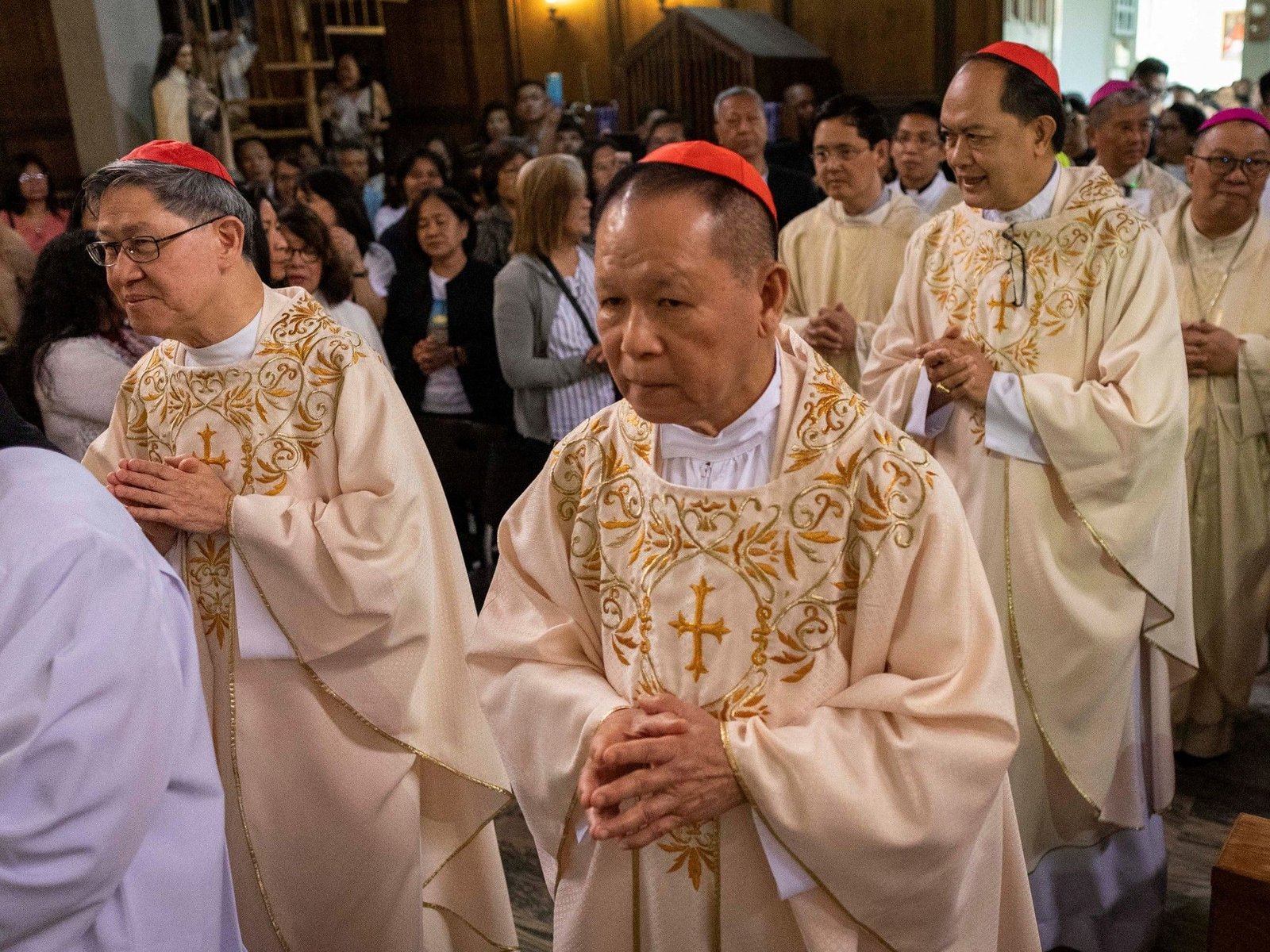
INTERNACIONAL
Israel reanuda el lanzamiento de ayuda sobre Gaza en medio de una grave crisis humanitaria
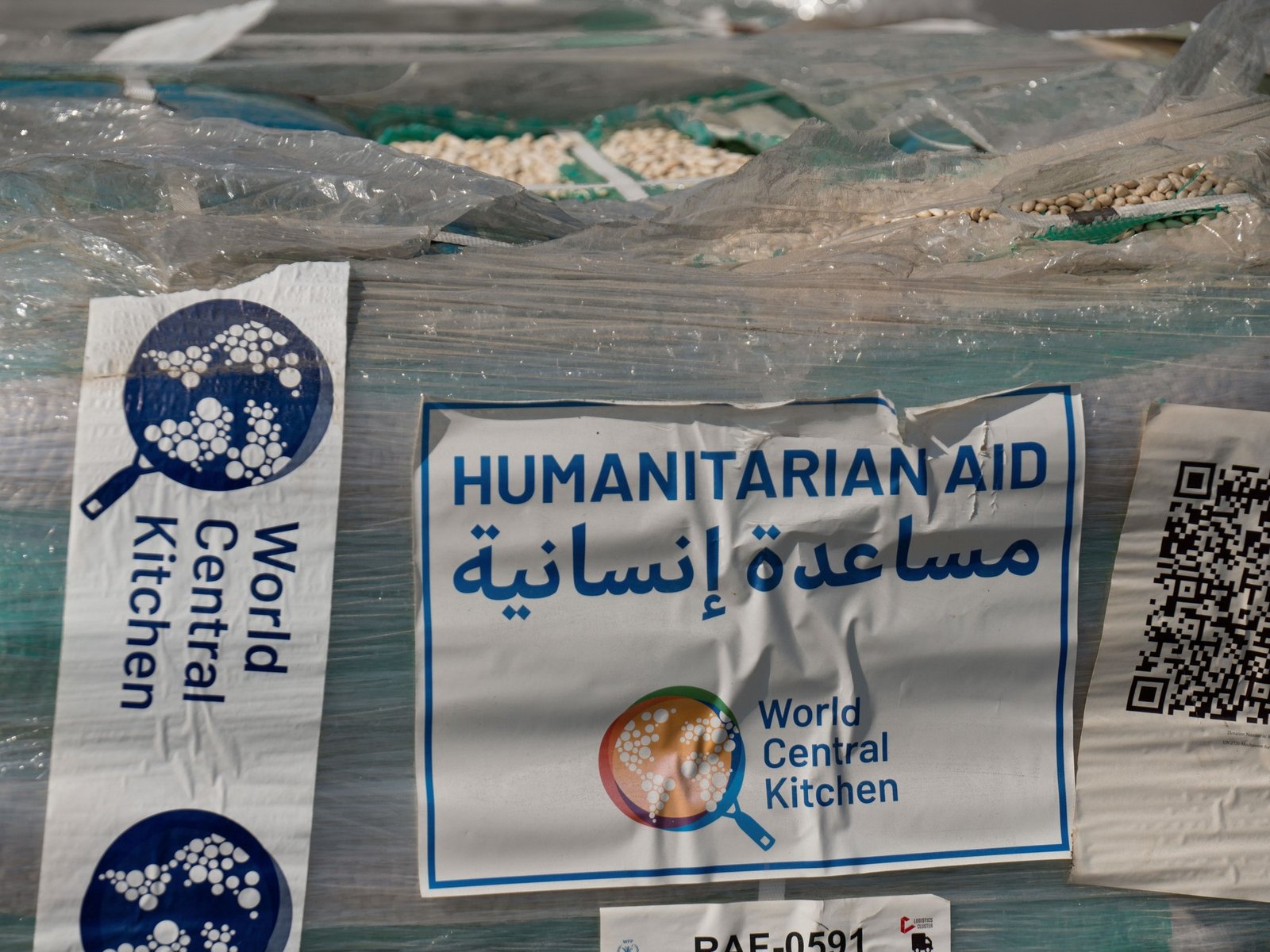
En medio de una creciente presión internacional para permitir el ingreso de asistencia humanitaria a la Franja de Gaza, Israel reanudó este sábado el lanzamiento aéreo de alimentos y suministros básicos. El Ejército informó que arrojó siete paquetes con harina, azúcar y comida enlatada, como parte del esfuerzo por «facilitar la entrada de ayuda» al territorio palestino.
La iniciativa también incluirá la participación del Reino Unido y Emiratos Árabes Unidos, que anunciaron su disposición para sumarse de inmediato a los envíos.
Sin embargo, la ONU y organizaciones humanitarias insisten en que esta modalidad no resuelve el problema de fondo. «El lanzamiento aéreo no pondrá fin al hambre. Es costoso, ineficaz y puede incluso matar a civiles hambrientos», escribió en la red X Philippe Lazzarini, director de la agencia de la ONU para los refugiados palestinos (UNRWA).
Este sábado, la Defensa Civil de Gaza denunció la muerte de al menos 40 personas por bombardeos israelíes en distintos puntos del enclave, incluyendo Ciudad de Gaza, Jan Yunis y un campamento en el centro del territorio. Además, tres personas murieron por disparos del Ejército cuando esperaban recibir ayuda, una de ellas alcanzada al acercarse a un punto de distribución ubicado cerca de un puesto militar israelí.
Testigos aseguraron que miles de personas se habían congregado en ese lugar con la esperanza de conseguir alimentos. «El Ejército abrió fuego cuando la gente intentó acercarse», dijo Abou Samir Hamoudeh, de 42 años, a la agencia AFP.
En paralelo, un barco con activistas propalestinos fue interceptado por fuerzas israelíes cuando se aproximaba a la costa de Gaza. Se trata del «Handala», una embarcación fletada por el movimiento internacional Flotilla por la Libertad, que había partido desde Sicilia con cargamento de medicamentos, alimentos y material médico. Israel confirmó que su marina impidió el ingreso del barco y que todos los pasajeros están a salvo.
Desde el inicio de la guerra, el 7 de octubre de 2023, Israel mantiene un bloqueo casi total sobre Gaza. A principios de marzo, ese cerco se endureció aún más, agravando la crisis por la falta de alimentos, medicamentos y otros bienes esenciales. Recién a fines de mayo se autorizaron algunas flexibilizaciones.
Este viernes, Francia, Alemania y Reino Unido reclamaron a Israel que levante de inmediato las restricciones a la entrada de ayuda humanitaria. En tanto, el Ejército israelí dijo que establecerá corredores humanitarios para permitir el paso seguro de los convoyes de alimentos y medicinas organizados por la ONU.
La guerra fue desencadenada por el brutal ataque de Hamas contra territorio israelí, que dejó 1.219 muertos, en su mayoría civiles, según cifras oficiales. En represalia, Israel lanzó una ofensiva militar sobre Gaza que ya provocó al menos 59.733 muertes, también en su mayoría civiles, según el Ministerio de Salud de ese territorio, cuyas cifras son consideradas creíbles por la ONU.
Los médicos de Gaza atienden cada día chicos y adultos desnutridos. Los hospitales suman cada día muertos por esa causa o por enfermedades evitables y simples pero que no pueden ser tratadas por falta de medicamentos. El mundo alza la voz ante la creciente crisis humanitaria en el enclave palestino, luego de más de 20 meses de guerra. Pero la ayuda que los habitantes necesitan desesperadamente no llega a tiempo y los esfuerzos para hacerla entrar se enfrentan a numerosos obstáculos.
Las agencias de la ONU y las organizaciones humanitarias denuncian las restricciones impuestas por Israel, el problema acuciante de la seguridad en un territorio constantemente bombardeado, y la aplicación de un mecanismo auspiciado por Estados Unidos y el Estado hebreo que hace caso omiso del sistema humanitario tradicional.
Israel acusa a las organizaciones internacionales de haber fracasado, y asegura que el anterior sistema coordinado por la ONU permitía al movimiento ultraislámico Hamas saquear los camiones de ayuda.
Sobre el terreno, más de 100 organizaciones humanitarias alertaron esta semana del riesgo de hambre masiva en el enclave palestino. Tanto la ONU como las ONGs se niegan a cooperar con la Fundación Humanitaria de Gaza (GHF) ya que consideran que fue concebida para servir principalmente los objetivos militares israelíes.
Israel,Franja de Gaza,Últimas Noticias
INTERNACIONAL
Federal judge tosses Trump DOJ lawsuit against sanctuary policies in Chicago
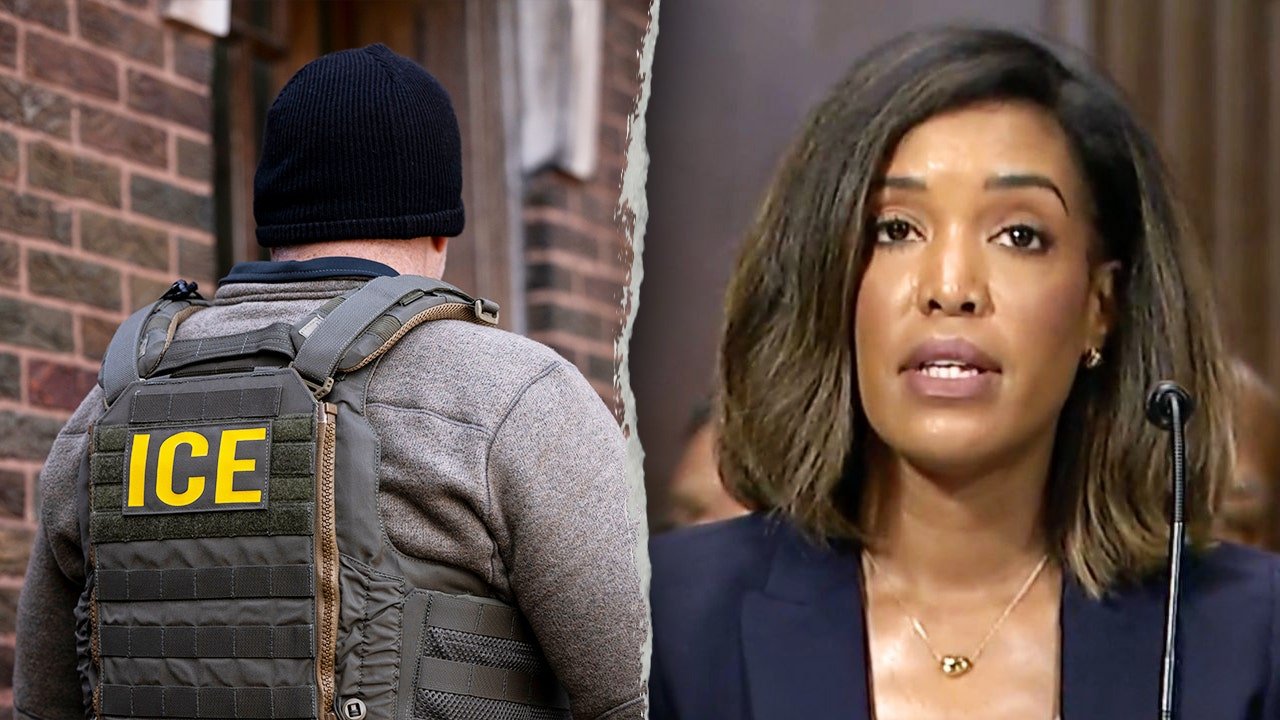
NEWYou can now listen to Fox News articles!
The Trump administration’s battle with Democrat-controlled jurisdictions and their sanctuary polices suffered a blow on Friday when a federal judge in Chicago dismissed a case challenging their legality.
Judge Lindsay Jenkins of the Northern District of Illinois, a President Biden appointee, granted the defendants’ motion for dismissal, ruling that the city’s ordinances are lawful protections not subject to federal enforcement mandates.
The Trump Justice Department, in a February filing, accused the state of Illinois and the city of Chicago of unlawfully interfering with President Donald Trump’s crackdown on illegal immigration as it aims to carry out mass deportations.
U.S. District Judge Lindsay Jenkins in Illinois has dismissed a Trump administration lawsuit that sought to block Chicago’s limits on cooperation between local police and federal immigration authorities. (Getty; U.S. Senate)
TRUMP DOJ SUES NEW YORK CITY OVER LONG-STANDING SANCTUARY IMMIGRATION POLICIES
Sanctuary cities or sanctuary policies limit co-operation between local officials and law enforcement and federal immigration authorities. The Trump administration has long railed against the measures, arguing they make such areas a haven for criminal illegal immigrants and contribute to increased crime.
The Justice Department alleges these laws violate the U.S. Constitution’s «Supremacy Clause» under the Tenth Amendment, which states that federal law preempts state and local laws that may conflict with it.
But Jenkins rejected the argument, ruling that states retain significant powers not explicitly granted to the federal government.
«Finding that these same Policy provisions constitute discrimination or impermissible regulation would provide an end-run around the Tenth Amendment,» the judge wrote. «It would allow the federal government to commandeer States under the guise of intergovernmental immunity — the exact type of direct regulation of states barred by the Tenth Amendment.»
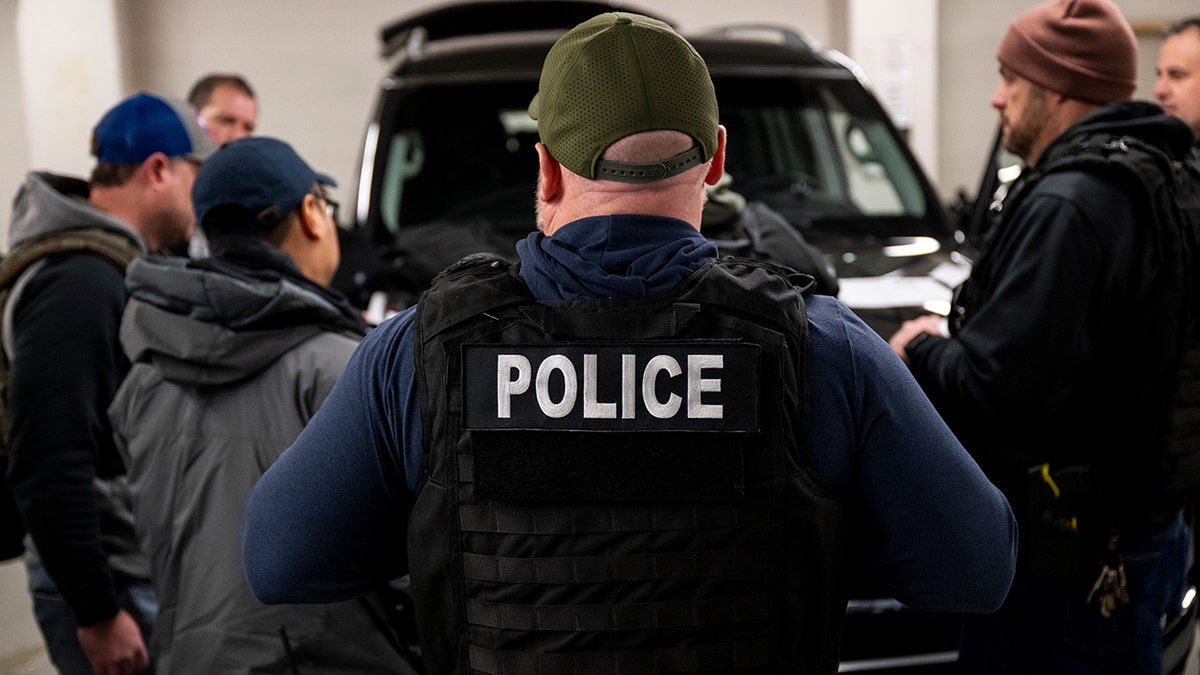
US Immigration and Customs Enforcement (ICE) agents, along with other federal law enforcement agencies, attend a pre-enforcement meeting in Chicago, Illinois on Sunday, Jan. 26, 2025. ( Christopher Dilts/Bloomberg via Getty Images)
MAYOR JOHNSON WARNS TRUMP AGAINST DEPLOYING FEDERAL TROOPS FOR IMMIGRATION CRACKDOWN IN CHICAGO
The Chicago City Council passed an ordinance in 2012 that stops city agencies and employees from getting involved in civil immigration enforcement or helping federal authorities with such efforts. The Illinois legislature passed a similar state law, known as the TRUST Act, in 2017.
Chicago Mayor Brandon Johnson said he was pleased with the decision and that the city is safer when police focus on the needs of Chicagoans.
«This ruling affirms what we have long known: that Chicago’s Welcoming City Ordinance is lawful and supports public safety. The City cannot be compelled to cooperate with the Trump Administration’s reckless and inhumane immigration agenda,» he said in a statement.
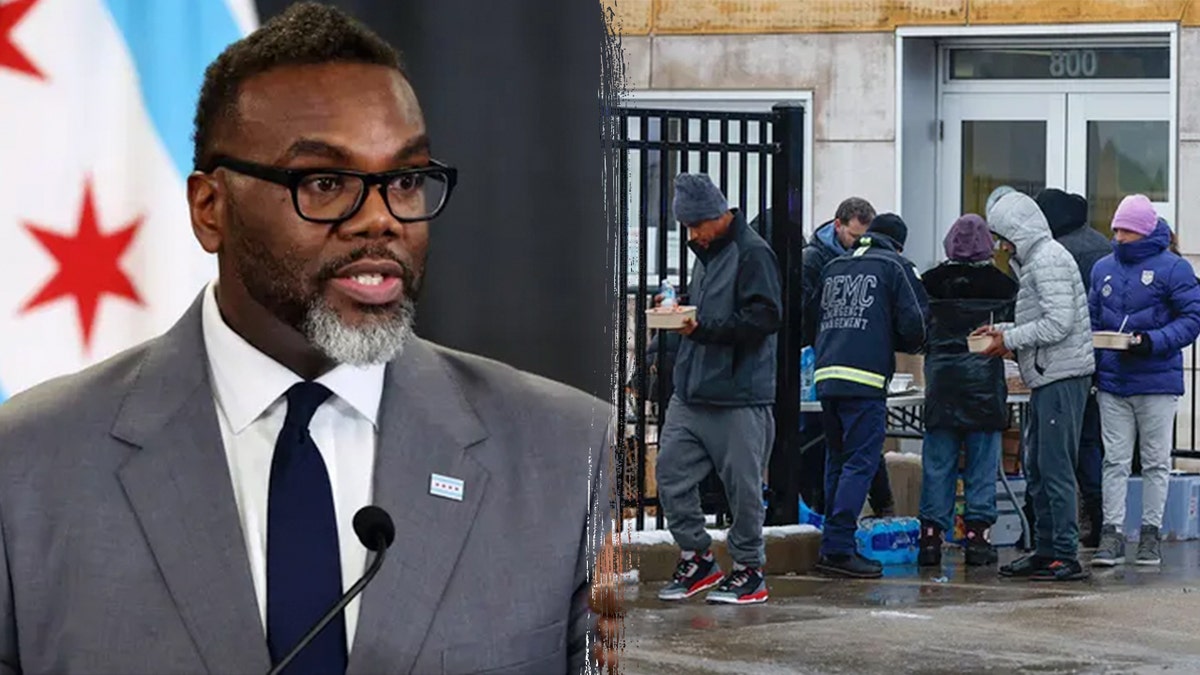
Chicago Mayor Brandon Johnson, left, said he was pleased with the decision and that the city is safer when police focus on the needs of Chicagoans. (Terrence Antonio James/Chicago Tribune/Tribune News Service via Getty Images, left, and Kamil Krzaczynski/AFP via Getty Images, right.)
CLICK HERE TO GET THE FOX NEWS APP
The Trump administration has sued several jurisdictions over their sanctuary policies, including a filing this week against New York City. The administration has also sued several New Jersey cities, as well as Los Angeles.
Attorney General Pam Bondi said the federal government was left with no choice but to protect New Yorkers by filing the suit.
«If New York’s leaders won’t step up to protect their citizens, we will,» she wrote on X.
The Associated Press and Reuters contributed to this report.
INTERNACIONAL
Israel announces immediate resumption of Gaza aid airdrops amid growing hunger crisis
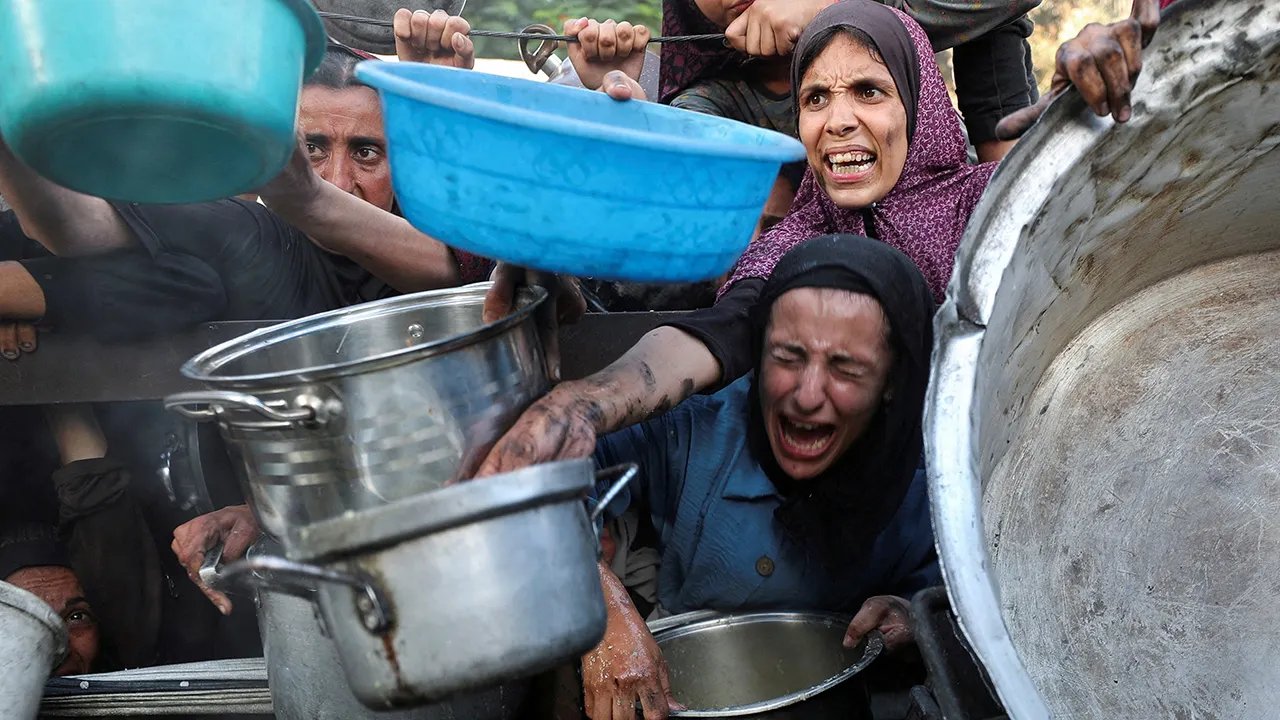
NEWYou can now listen to Fox News articles!
The Israel Defense Forces (IDF) said it will resume airdrops of aid to Gaza Saturday night while disputing claims of deliberate starvation as the hunger crisis escalates amid its ongoing campaign against Hamas.
The IDF said in a statement Saturday the airdrop operation will be conducted in coordination with international aid organizations, Israel’s Coordination for Government Activities in the Territories and the Israeli Air Force.
«The airdrops will include seven pallets of aid containing flour, sugar, and canned food to be provided by international organizations,» the IDF said in a statement.
Designated humanitarian corridors will also be established «to enable the safe movement of U.N. convoys delivering food and medicine to the population,» according to the IDF.
HAMAS LOSING IRON GRIP ON GAZA AS US-BACKED GROUP GETS AID TO PALESTINIANS IN NEED
Preparations for Saturday night’s aid drop in Gaza. (Israel Defense Forces)
«The IDF is prepared to implement humanitarian pauses in densely populated areas and will continue to operate to dismantle terrorist infrastructure and eliminate terrorists in the areas of activity,» the IDF said. «This week alone, over 250 aid trucks were unloaded, joining hundreds of trucks waiting at the crossings to be collected by the U.N. and international organizations.»
Approximately 600 trucks of aid have also been distributed by the U.N. and other international organizations, Israel said.
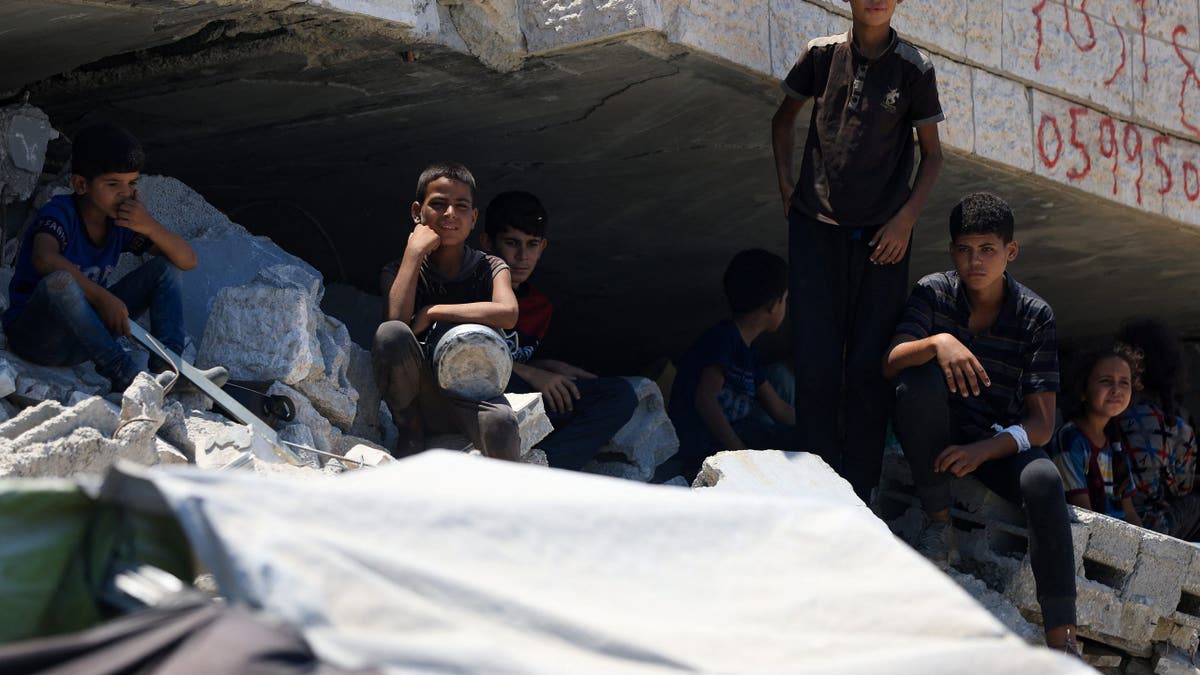
Palestinians gather to receive food from a charity kitchen Friday. (Reuters/Dawoud Abu Alkas)
Israel has also connected its power line to Gaza’s desalination plant.
«This is expected to supply approximately 20,000 cubic meters of water per day, up from the 2,000 cubic meters supplied until now, to serve about 900,000 residents in the area,» according to the IDF.
NEWS OUTLETS ‘DESPERATELY CONCERNED’ FOR THEIR JOURNALISTS IN GAZA, URGE ISRAELI AUTHORITIES TO HELP
The IDF said the reports about starvation in Gaza were a false campaign promoted by Hamas, but hunger is spreading across the region after the United Nations and the IDF previously failed to reach an agreement about aid distribution, Fox News’ Trey Yingst reported.
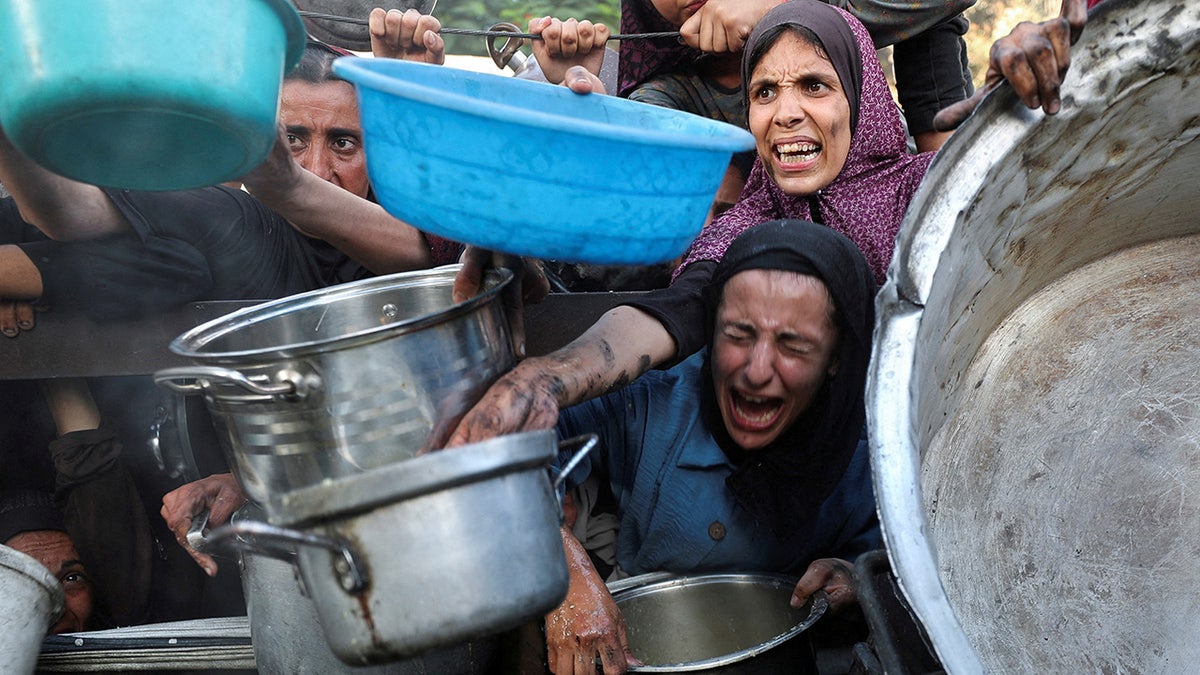
Palestinians vie for food from a charity kitchen during a hunger crisis in Gaza City July 14, 2025. (Reuters/Mahmoud Issa/File Photo)
Price gouging and disagreements about how to get aid to citizens are making the crisis worse.
The U.N. is warning of increased malnutrition and starvation in the area.
U.N. Secretary-General António Guterres called the situation in Gaza a «horror show» this week «with a level of death and destruction without parallel in recent times.»
«Responsibility for food distribution to the population in Gaza lies with the U.N. and international aid organizations,» the IDF said. «Therefore, the U.N. and international organizations are expected to improve the effectiveness of aid distribution and to ensure that the aid does not reach Hamas.»
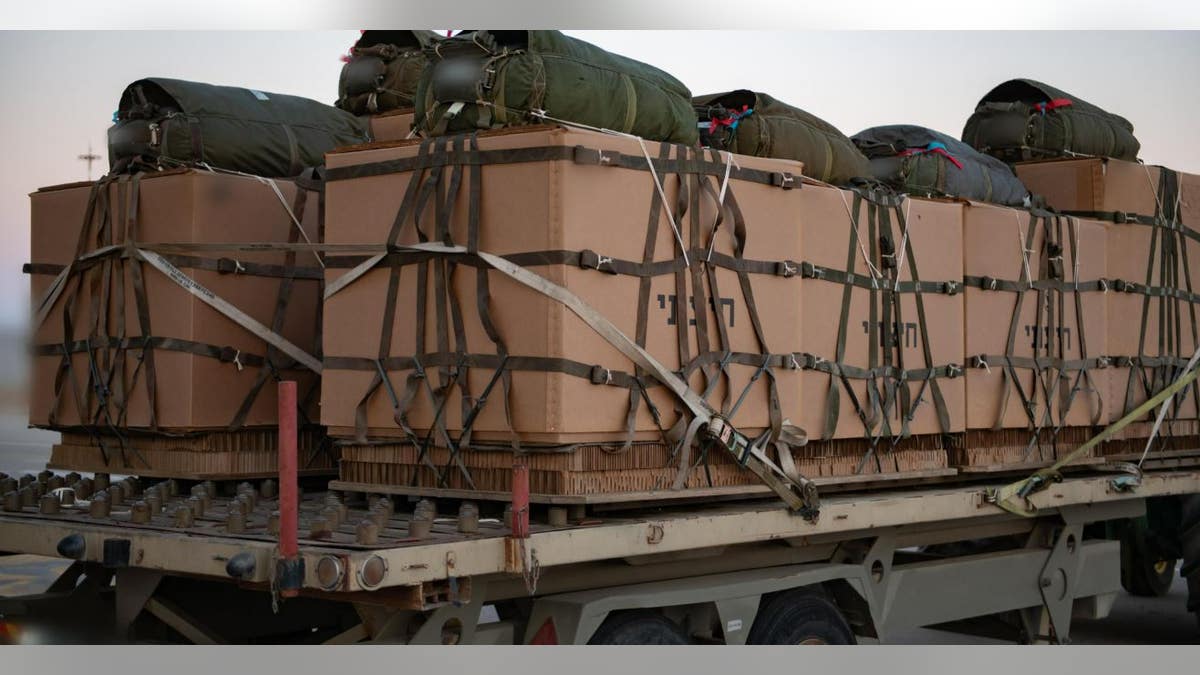
Pallets of humanitarian aid ready to be dropped in Gaza. (Israel Defense Forces)
The U.S. State Department this week addressed expanding Israeli strikes in Gaza, saying the Trump administration is focused on negotiating a ceasefire between Israel and Hamas.
CLICK HERE TO GET THE FOX NEWS APP
«Our focus has been to stop that war, to stop the fighting, to have a ceasefire,» spokeswoman Tammy Bruce said this week. «It is at the top of our mind as we work still to stop this carnage.»

 POLITICA2 días ago
POLITICA2 días agoLa justicia de Santa Cruz desafío a la Corte Suprema e incluyó a Cristina Kirchner en el padrón electoral

 POLITICA2 días ago
POLITICA2 días agoCristina Kirchner pidió salir a militar para que los que “están hambreando a la gente tengan su merecido en las urnas”

 POLITICA2 días ago
POLITICA2 días agoEl candidato libertario por el que Kicillof despidió a 24 policías denunció “una cacería de brujas” en la Provincia























